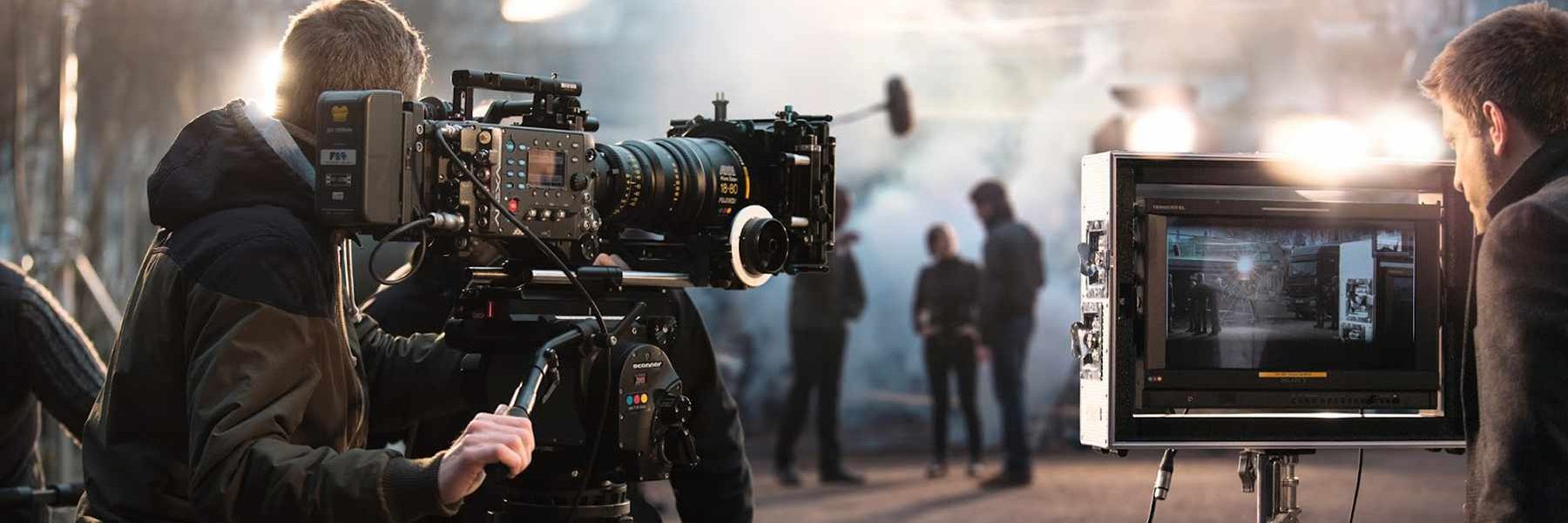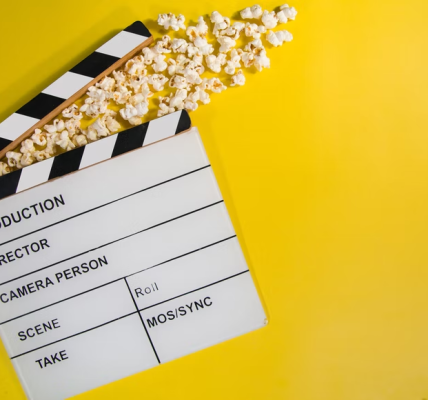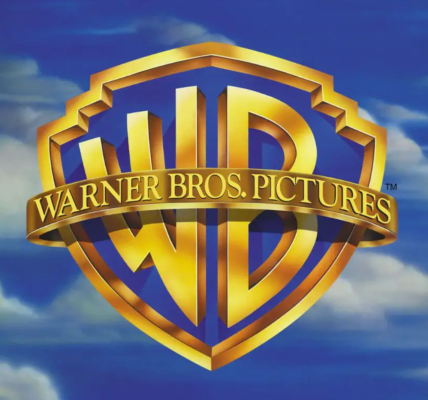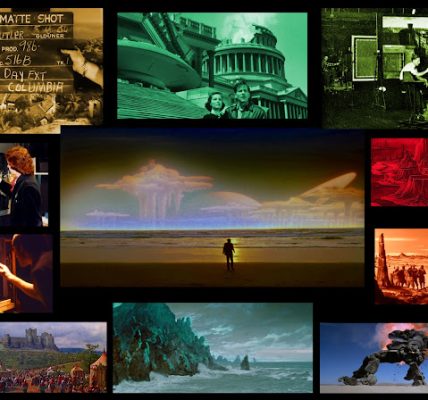The world of cinema is a captivating one, where stories come to life on the big screen, leaving audiences enthralled and emotionally moved. At the heart of this enchanting world are directors, the creative visionaries who take a script and breathe life into it. In this article, we will delve into the mesmerizing realm of cinematic techniques and explore how directors use their expertise to bring scripts to life.
1. Visual Storytelling
Cinematic storytelling is a unique art form that combines various elements to create a compelling narrative. Directors are the architects of this storytelling, using visual language to convey emotions, themes, and character development. Every shot, camera angle, and lighting choice is carefully considered to enhance the story’s impact.
2. Camera Angles and Movements
One of the most noticeable aspects of a film’s visual language is the choice of camera angles and movements. Directors employ a wide range of camera techniques to convey different emotions and perspectives. For example, a low-angle shot can make a character appear powerful or menacing, while a high-angle shot can evoke vulnerability or weakness. Tracking shots and dolly movements add dynamism to the scenes, engaging the audience on a deeper level.
3. Lighting and Mood
Lighting plays a crucial role in setting the mood and atmosphere of a film. Directors work closely with cinematographers to use light effectively. For instance, soft and diffused lighting can create a romantic or dreamy ambiance, while harsh lighting can convey tension and suspense. Lighting choices can also highlight specific elements in a scene, directing the viewer’s attention to important details.
4. Framing and Composition
The composition of a shot is another powerful tool in a director’s arsenal. Directors carefully frame their shots to guide the audience’s focus and tell the story visually. The rule of thirds, leading lines, and symmetry are compositional techniques frequently used to create visually appealing and meaningful scenes. Each frame is a piece of visual art that contributes to the overall narrative.
5. Sound and Music
While often overlooked, sound and music are essential cinematic techniques that directors use to enhance storytelling. The choice of music or the absence of it can evoke specific emotions. Sound effects, such as footsteps or ambient noises, can immerse the audience in the world of the film. Directors collaborate with composers and sound designers to create a sonic landscape that complements the visuals.
6. Editing and Pacing
Film editing is where the director’s vision truly comes to life. The pacing of a film, achieved through the arrangement of shots and scenes, can make or break the audience’s engagement. Directors work closely with editors to ensure that the film flows seamlessly, conveying the desired emotional journey. The timing of cuts, transitions, and montages all contribute to the film’s rhythm.
7. Actor Direction
Directors play a crucial role in guiding actors to deliver convincing and emotionally resonant performances. They work closely with the cast to help them understand their characters and motivations. Through effective actor direction, directors ensure that the characters’ emotions and actions align with the overall narrative.
8. Special Effects and Technology
Advancements in technology have expanded the possibilities for directors to bring scripts to life. From CGI (Computer-Generated Imagery) to practical effects, directors have a vast array of tools at their disposal to create breathtaking visuals and immersive worlds. However, it’s essential to balance these technologies with traditional cinematic techniques to maintain a sense of authenticity.
In conclusion, cinematic techniques are the magic behind the movies we love. Directors are the maestros who orchestrate this magic, transforming scripts into immersive and emotionally resonant films. Through their choices in camera angles, lighting, sound, and more, directors breathe life into the stories, creating a visual and auditory experience that stays with audiences long after the credits roll. So, the next time you watch a film, take a moment to appreciate the artistry of the director and the cinematic techniques that make it all possible.












